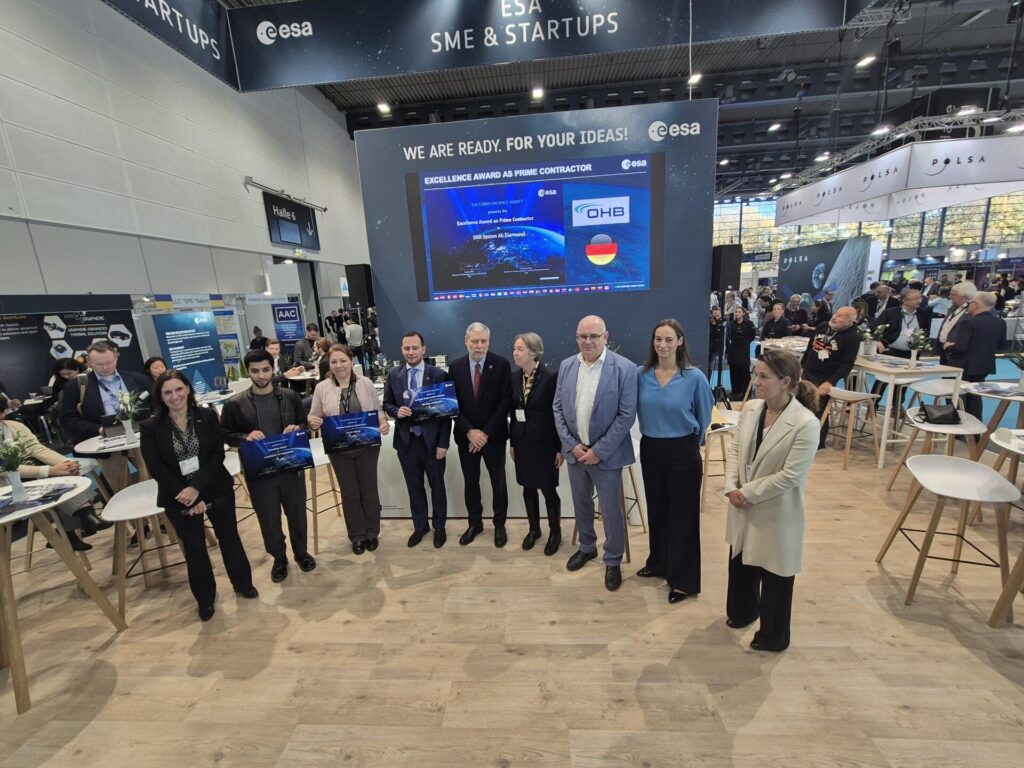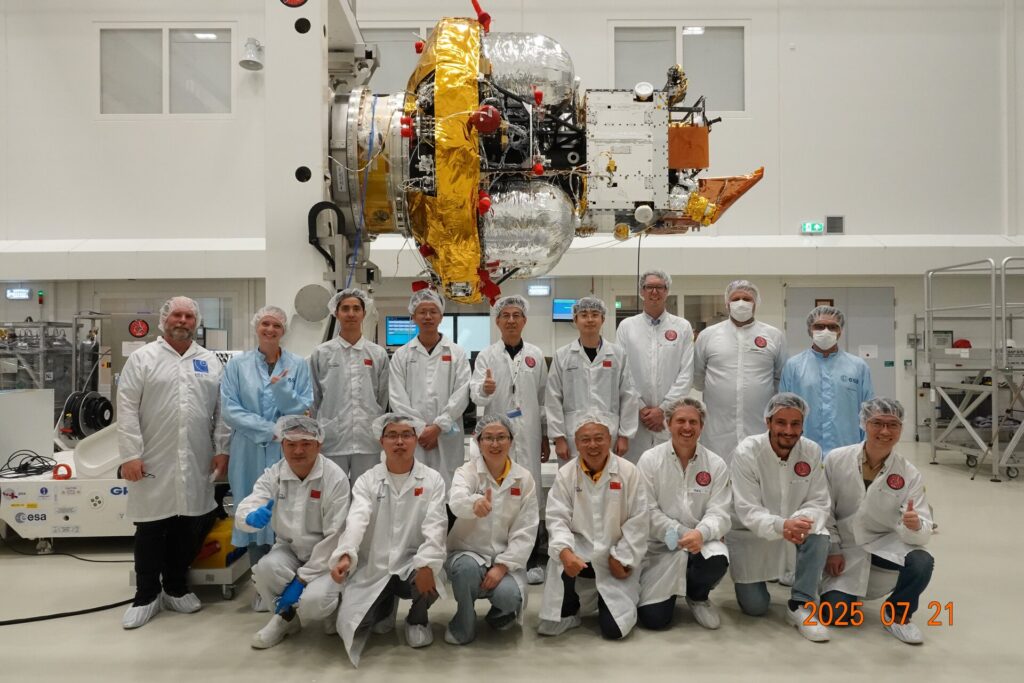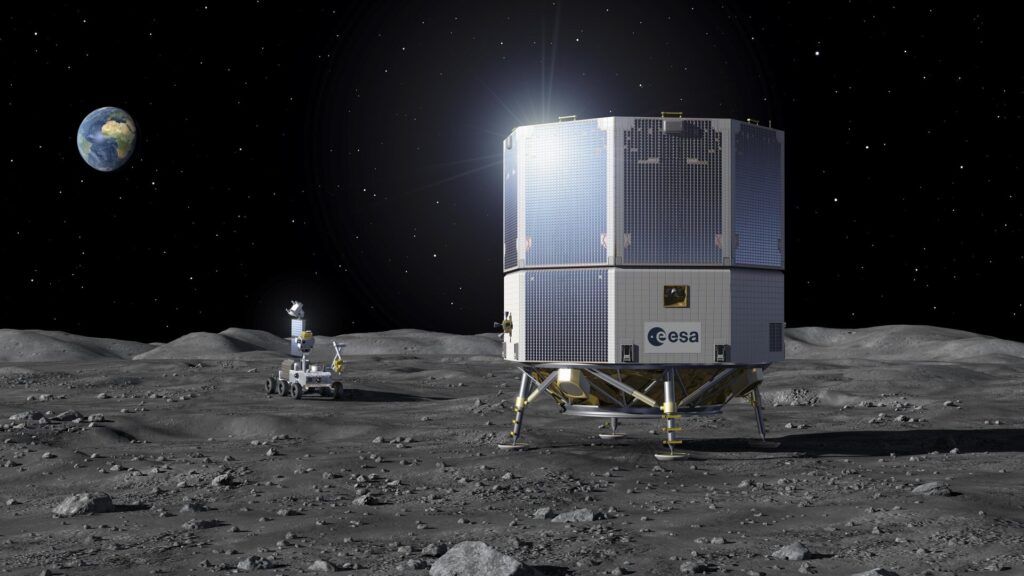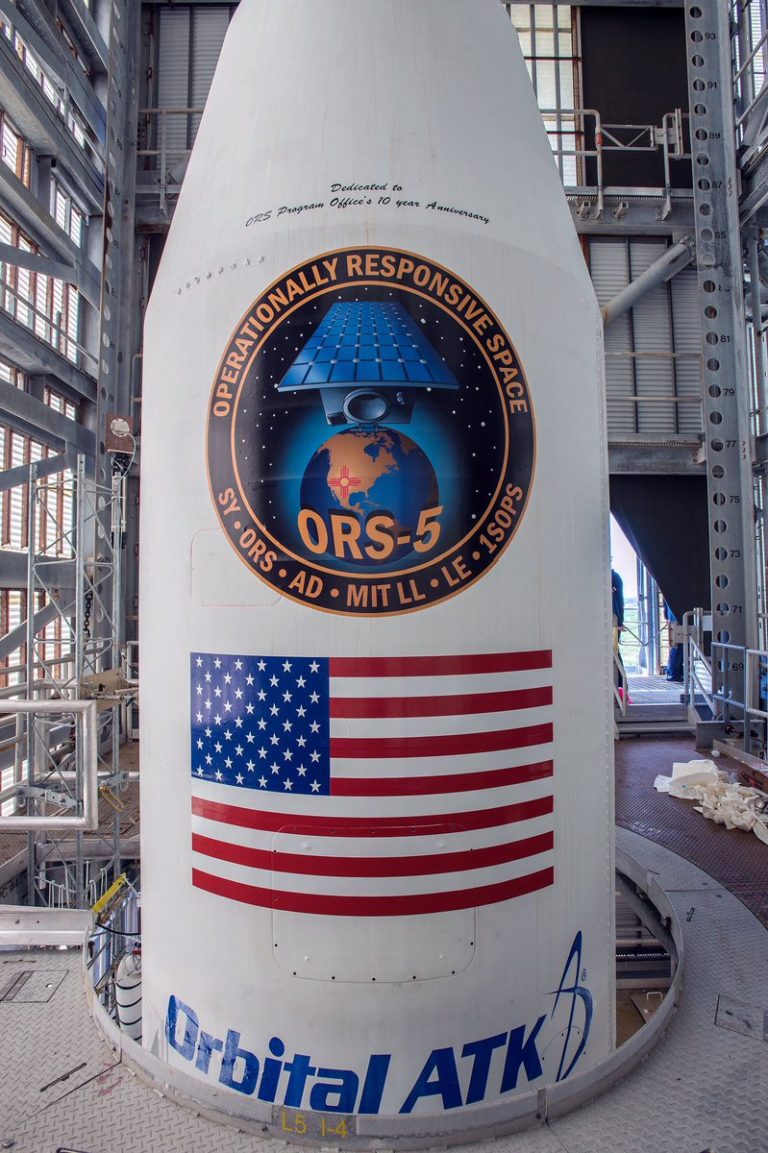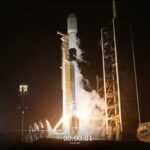Now Reading: Space technologies find new life on Earth
-
01
Space technologies find new life on Earth
Space technologies find new life on Earth
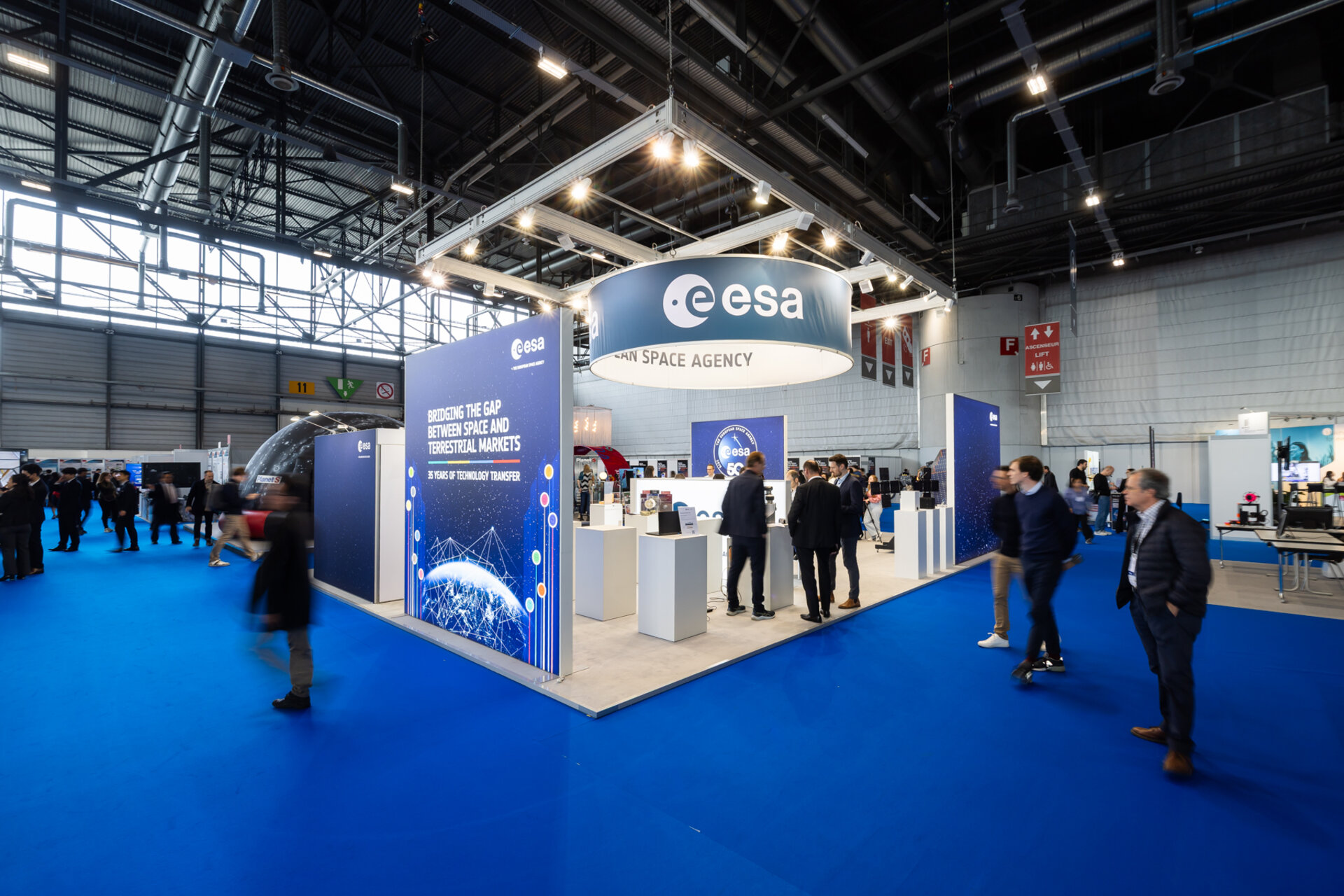

16/04/2025
268 views
10 likes
Each year, cutting-edge technologies developed by the European Space Agency (ESA) for its complex missions and scientific discoveries find new life in applications used to benefit Earth and improve our daily lives.
From 9–13 April, ESA was guest of honour at the 50th International Exhibition of Inventions Geneva in Switzerland with more than 1000 inventions, which attracted 30 000 visitors from the public. ESA showcased its new technologies and applications that have been invented for space missions and patented for use in and outside the space arena.
ESA engineers are experts in space technologies and contribute to solve problems faced by development projects and ESA missions. ESA applies for patents when its staff creates inventions then makes these cutting-edge innovations available to industry across the space sector within its Member States.
ESA’s Technology Transfer and ESA’s Patents Office typically files about 10 new patent applications per year. To date, ESA has a portfolio of 117 inventions protected by 551 granted patents and patent applications.
ESA’s patents cover a wide range of technologies, from propulsion systems to satellite altimetry methods. They are instrumental in advancing space missions and improving the efficiency and effectiveness of space technologies.
Nuria Hernández Alfageme, Engineering Patent Portfolio Manager at ESA commented, “Some ESA inventions are so advanced that it takes time for them to be adopted by industry but then we support industry to make sure that when they face technical problems ESA experts can help them find solutions and support them in the best way.”
In line with ESA’s Strategy 2040 to support commercialisation of space in Europe, ESA has a permanent open call for ideas (OSIP) to companies and startups. It also offers technology transfer services, various funding opportunities or facilitates access to private investment. ESA laboratory facilities can be used for testing. Further tailored support is available through ESA’s Directorate of Commercialisation, Industry and Competitiveness.
35 years of Technology Transfer
Luca del Monte, Head of the Commercialisation department at ESA who presented at the event, said: “In 2025, ESA celebrates 35 years of Technology Transfer. ESA’s space-related innovation network is made up of almost 200 professionals from around Europe to help industry succeed: Technology Brokers, ESA Business incubation managers, PhiLab managers, and Business Applications Ambassadors. So far, this has achieved more than 450 technology transfers,”
“Innovation is core to ESA missions as building for space is a complex business. This offers up a wealth of new business opportunities through technology transfer to grow Europe’s know-how, create jobs and prosperity and improve lives. Europe’s private investment in space continues to increase, reaching a new record high in 2024, with European space ventures raising more than €1.5 billion (+56% from 2023),” he added.
ESA’s stand presented an array of ESA innovation success stories as inspiration for novel business opportunities, products and services:
Two OMEGA watches were on display, the Speedmaster X-33 Skywalker and the Speedmaster X-33 Marstimer, which incorporate advanced technologies developed by ESA. The Marstimer is the first wristwatch to display the time on Earth and Mars. Developed in partnership with ESA’s Mars exploration teams and tested at ESA–ESTEC, this timepiece is space-tough and Mars-mission ready.
Digital Video Broadcast DVB-S2 & DVB-S2X enabled by ESA patents is used by most satellite operators worldwide for television and data broadcasting services. It allows services such as: Digital Satellite News Gathering; Direct-to-Home broadcasting; Maritime and civil aviation internet access; and Small portable terminals for journalists and other professionals. It is the essential standard for technology for DVB-S2 standard (ETSI EN 302 307).
Germany’s Terraplasma Medical, initially supported by ESA Business Incubation Centre Bavaria, has developed a treatment for bacterial infection in wounds and other skin treatment devices by applying ‘cold plasma’ stemming from experiments on the International Space Station.
This year marks 50 years of ESA and space innovation. In a joint celebration at the 50th edition of the Geneva International Exhibition of Inventions, ESA shared with the public how it contributes to innovation and how Technology Transfer helps bridge the gap between space and terrestrial markets to elevate the future of Europe.
Stay Informed With the Latest & Most Important News
Previous Post
Next Post
-
 012024 in Review: Highlights from NASA in Silicon Valley
012024 in Review: Highlights from NASA in Silicon Valley -
 02Panasonic Leica Summilux DG 15mm f/1.7 ASPH review
02Panasonic Leica Summilux DG 15mm f/1.7 ASPH review -
 03How New NASA, India Earth Satellite NISAR Will See Earth
03How New NASA, India Earth Satellite NISAR Will See Earth -
 04And Thus Begins A New Year For Life On Earth
04And Thus Begins A New Year For Life On Earth -
 05Astronomy Activation Ambassadors: A New Era
05Astronomy Activation Ambassadors: A New Era -
06SpaceX launch surge helps set new global launch record in 2024
-
 07Space Force plans new ‘Futures Command’ amid pressure to speed up modernization
07Space Force plans new ‘Futures Command’ amid pressure to speed up modernization












